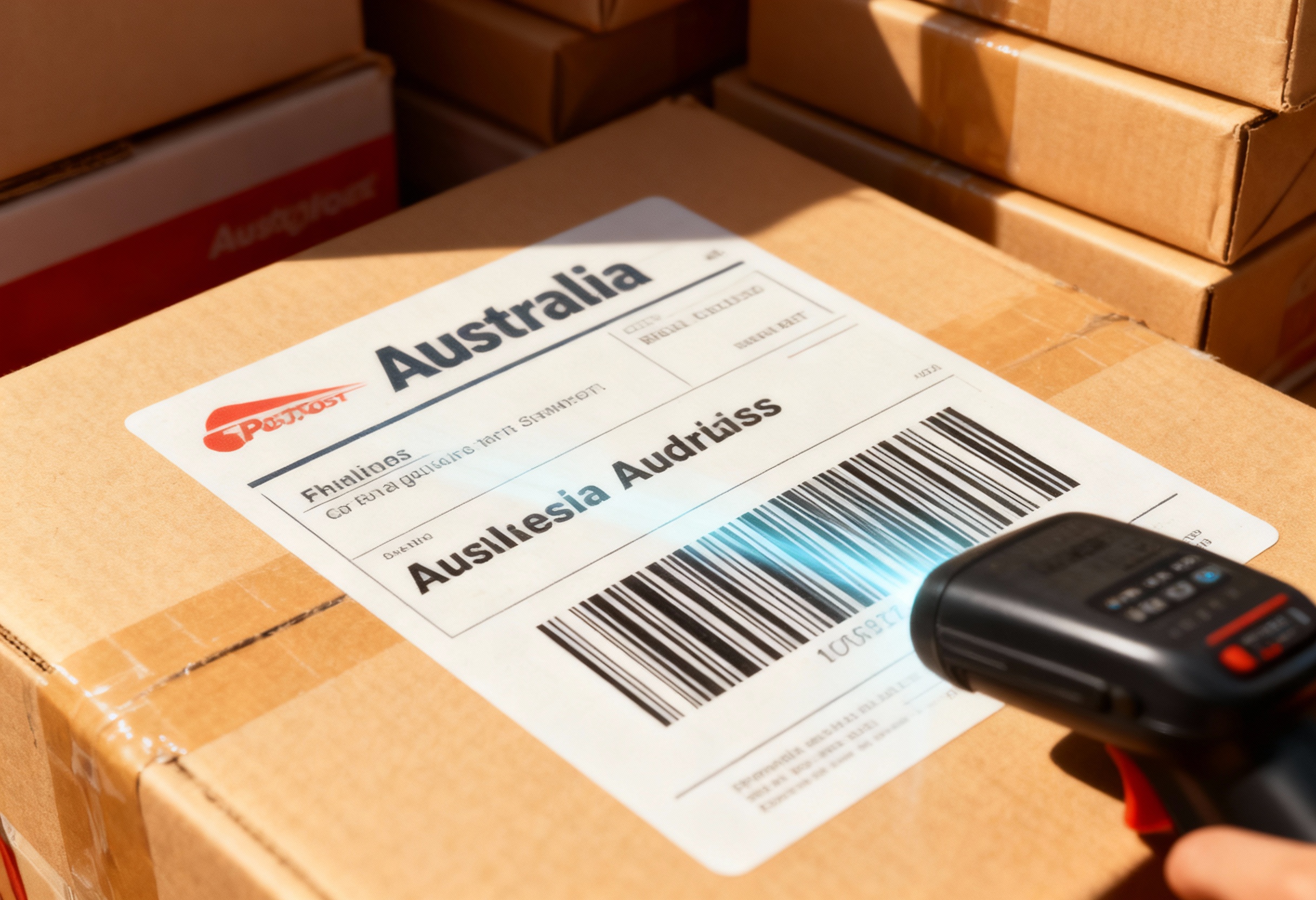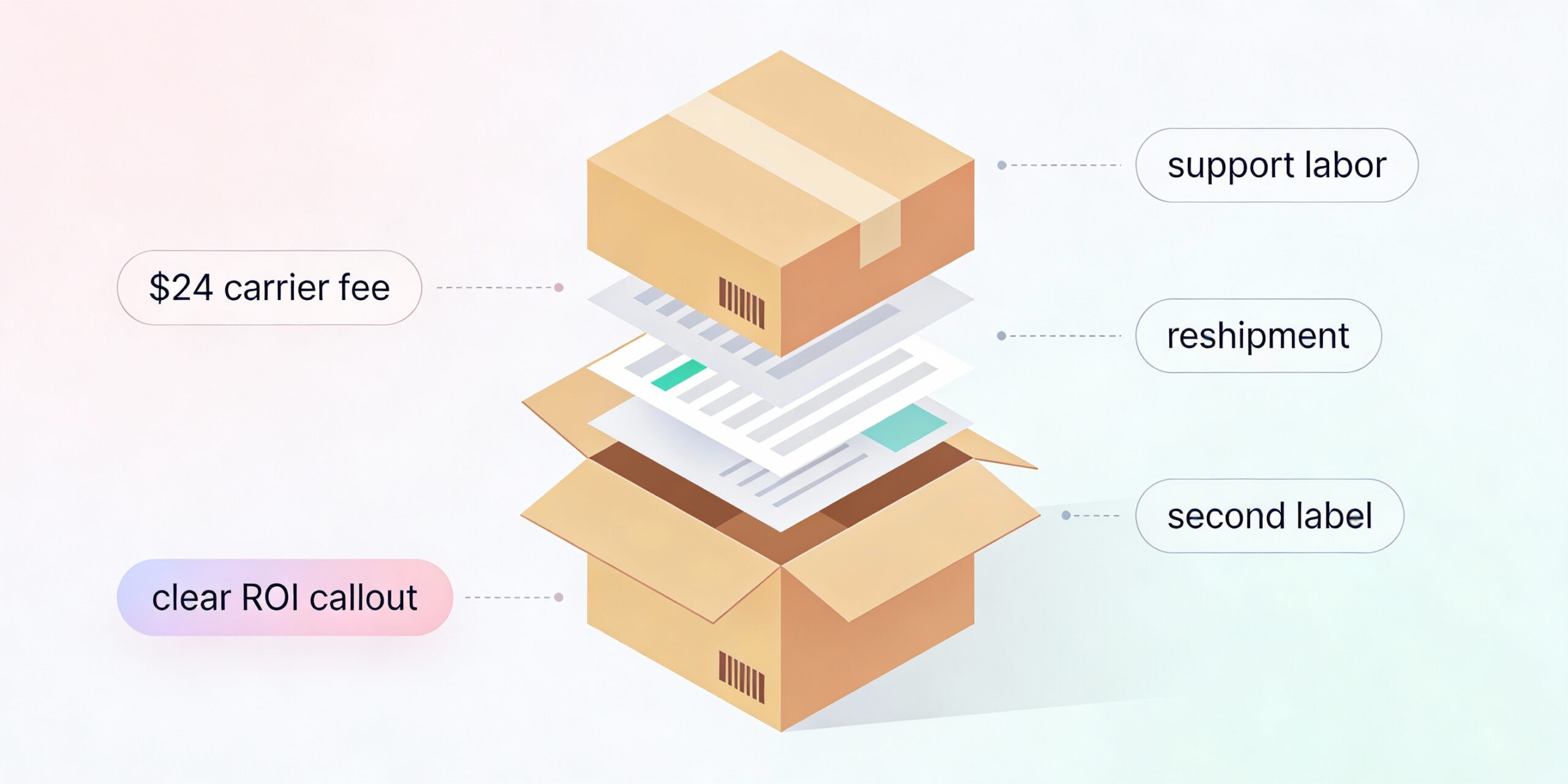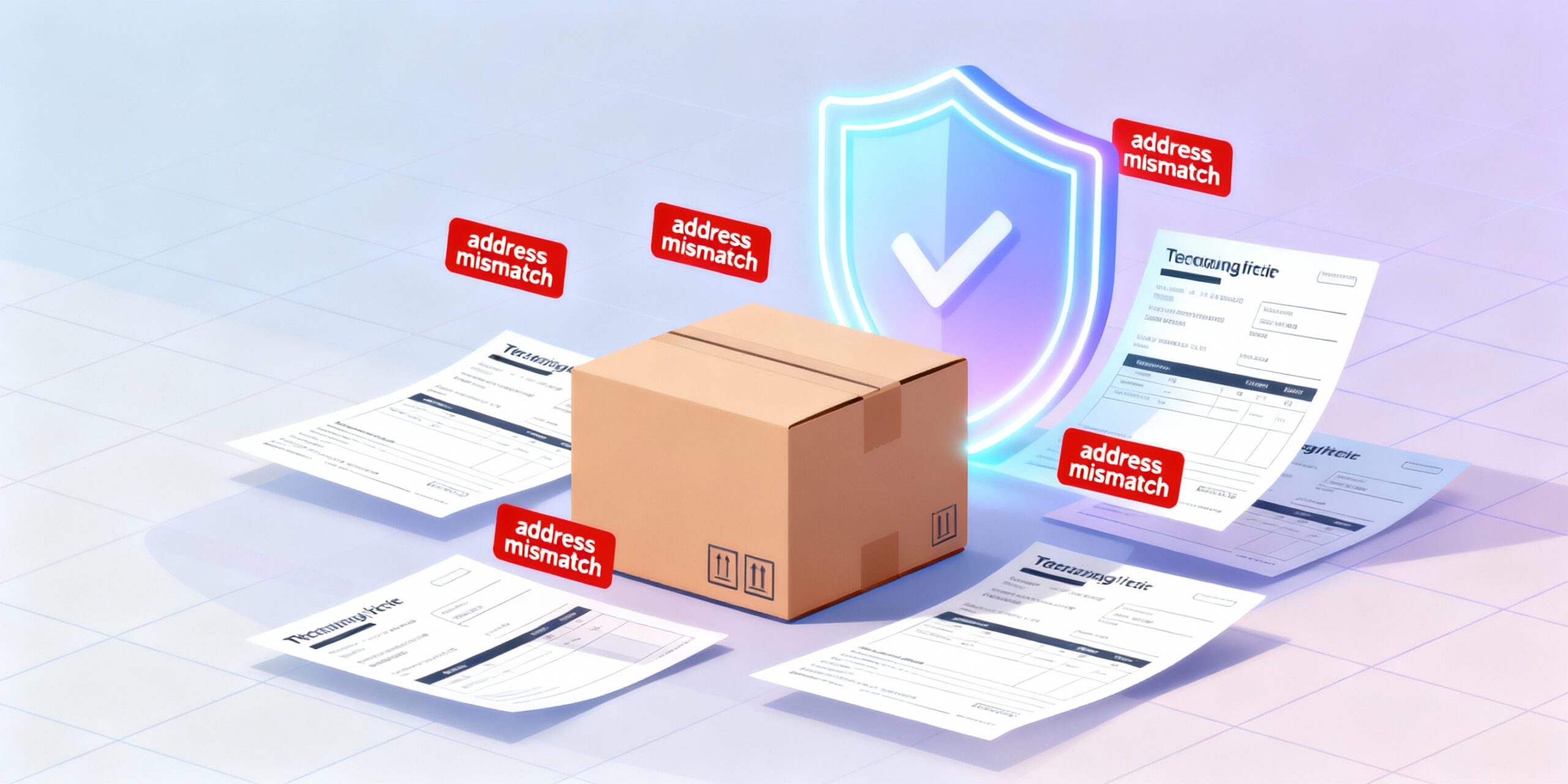Australia Post is in the middle of a massive pivot. While addressed letter volumes continue to decline, the e-commerce boom is fueling unprecedented growth in their parcel network. They’re leaning into it hard, investing heavily in automation with projects like the $50 million parcel facility at Brisbane Airport.
For you, the logistics manager, this means one thing: Australia Post’s formatting rules are no longer suggestions. They are critical requirements.
Every failed delivery, reroute, or address correction surcharge chips away at your profit margins and erodes customer trust. This guide is your tactical plan to master Australia Post’s rules, slash those fees, and ensure every package lands exactly where it should.
Why Australia Post Is So Strict: The High Cost of Bad Address Data
The shift to a high-volume, automated parcel network is why perfect data is non-negotiable. Their sorting machines rely on standardized, machine-readable addresses to work. When an address is wrong, it breaks the automation.
This forces a package into a manual handling stream, which costs them time and money. That cost gets passed directly to you in the form of surcharges and delays.
The financial hit is real. You’re paying for re-shipping fees on returned packages, losing product that never makes it back, and wasting administrative hours trying to fix bad data. Your cost-per-shipment KPI takes a direct hit.
The most common errors are frustratingly simple, from spelling mistakes and typos to incorrect postcodes and missing unit or apartment numbers. Another frequent issue is the use of “vanity addresses” that locals might know but don’t exist in the official postal database.
Each of these mistakes can get your shipment flagged, costing you money and delaying delivery for your customer.
The Official Australia Post Format: A Tactical Checklist for Logistics Managers
Here’s the tactical breakdown. Get this right, and you’ll bypass the machines’ rejection filters.
Positioning and Alignment
The address block must be left-aligned. No exceptions.
The first line of the address needs to start at least 40mm from the top edge of the parcel. This gives their sorting machines a clear zone to read.
Keep the address block clean. No blank lines between the recipient’s name and the postcode.
Font, Size, and Clarity Requirements
Use dark ink on a light background. Black on white or light cardboard is best.
The recommended fonts are standard and easy to read: Courier (12 point), Helvetica, or Arial. Avoid italics, scripts, or decorative fonts that can confuse optical character recognition (OCR) scanners.
Character height has to be between 1.8mm and 7mm.
The Line-by-Line Breakdown: Building a Perfect Australian Address
This is where most brands mess up. The structure has to be precise.
The first line is for the recipient or business name. This is straightforward; use the full name of the person or the registered business name.
The second line, which must be in uppercase, is for the unit, street number, and street name. The format here is critical. For an apartment, use the unit number, a forward slash, and then the street number, like 5/45 OCEAN AVENUE. Avoid formats like Unit 5, 45 Ocean Ave. For a standard house, simply use the street number and name, such as 123 MAIN STREET, not 123 Main St..
The third line, also in uppercase, contains three elements: the suburb or city, the official state abbreviation, and the four-digit postcode. There must be one or two spaces between each element. A correct example is SYDNEY NSW 2000, while an incorrect one would be Sydney, NSW, 2000.
The No-Punctuation Rule
This is a big one. Do not use any punctuation in the address block. No commas, no full stops, no apostrophes.
The only exception is the forward slash or hyphen used in the street address line for unit numbers or street number ranges (e.g., 5/45 or 10-12).
The Return Address Imperative
Always include a return address. It should be placed in the top-left corner of the parcel and formatted correctly. If a package is undeliverable, this is the only way to get it back without incurring even more costs for lost inventory.
Automating Accuracy: How to Error-Proof Your Address Data
Manually checking every address isn’t scalable. The real solution is programmatic validation.
Australia Post maintains a master database of every valid delivery address in the country called the Postcode Address File (PAF), the source of truth their entire network runs on.
Software certified by the Address Matching Approval System (AMAS) connects directly to the PAF. It uses “fuzzy matching” to catch and correct typos, fill in missing details, and standardize every address to the exact format Australia Post requires. It also appends a unique Delivery Point Identifier (DPID), a code that specifies the exact delivery point for a mail item, to each address, which provides an even deeper level of accuracy for sorting and tracking.
For a DTC brand, there are two key ways to use this.
First is real-time validation at checkout. When a customer types in their address, the system instantly checks it against the PAF and suggests the official, standardized version. This prevents bad data from ever entering your system.
Second is batch cleaning. You can run your entire existing customer database through a validation tool to audit, clean, and standardize every address you have on file. This is crucial for data hygiene and ensuring your marketing and re-engagement efforts don’t go to waste.
The Payoff: How Accurate Addresses Drive Customer Loyalty and Profit
Fixing your address data does more than just cut costs. It directly impacts your customer experience.
Think about it. A successful, on-time delivery is the bare minimum expectation. A failed delivery is a major point of friction that can sour a customer relationship for good.
The data backs this up. One Australian online retailer saw an 8% uplift in their overall Net Promoter Score (NPS) after improving their delivery options, a process that fundamentally relies on accurate address data.
Here’s where it gets even more interesting. Customers who successfully used Australia Post’s Parcel Lockers, which require perfect data for automated sorting, reported an NPS that was a massive 56 points higher than customers whose parcels were “carded” after a failed home delivery attempt.
The connection is clear. Accurate data leads to successful delivery. Successful delivery leads to a happy, loyal customer who will buy from you again. This is about protecting customer lifetime value.
Make Every Australian Shipment Count
Australia Post’s rules aren’t arbitrary. They’re a core part of a multi-billion dollar modernization effort to handle the e-commerce wave. For any DTC brand shipping in Australia, adhering to them is non-negotiable for efficient operations.
While manual checks are a start, they don’t scale with a growing business. The only way to ensure every single package is formatted for success is to build automated validation into your workflow. Get the address right at the source, and you’ll protect your bottom line and keep your customers happy.





